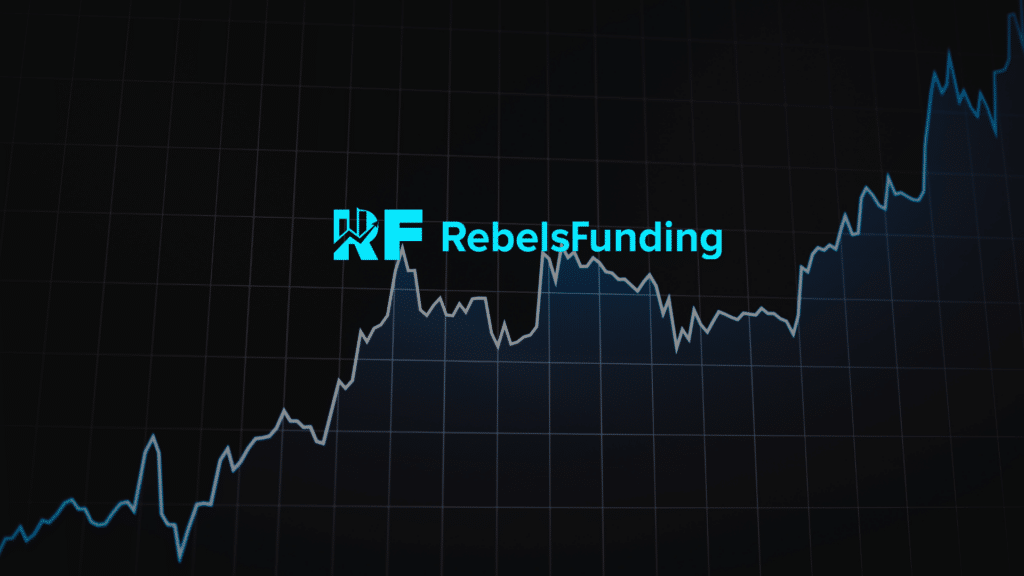5 Trading Strategies (pros & cons) Every Prop Trader Should Know

To excel in prop trading, it is essential that you use a trading strategy. You should choose and adopt a technique that can work for you.
There are several trading strategies to choose from. In this blog post, we will look at five popular strategies and highlight their advantages and disadvantages:
1. News Trading Strategy
Trading the news involves examining newsworthy events to inform trading decisions. Traders who use this strategy monitor financial news, earnings reports, monetary policy changes, and macroeconomic data. They look for events that are likely to have a significant impact on the market and then take positions accordingly.
The advantage of trading the news is that it can be a very profitable strategy. However, it is important to note that this strategy is also very risky. News events can be unpredictable, and traders who use this strategy need to be able to react quickly to changes in the market.
Pros:
- Access to potentially lucrative opportunities and profits within a quick turnaround time.
- Diverse news events ensure that diverse assets can be traded.
- Successful news trading does not require advanced technical and fundamental knowledge.
Cons:
- It can be risky due to market volatility.
2. Trend Trading
Trend following is a strategy that involves analyzing the historical performance of assets or currency pairs to identify trends. Traders who use this strategy set benchmarks for entry and exit points based on these trends. They may also use technology to help them identify trends and make buy-sell decisions.
It is a relatively simple strategy to use, but it can be very effective. The key to success with this strategy is to be patient and disciplined. Traders need to stick to their plan and not let emotions get in the way of their decision-making.
Pros:
- High risk/reward ratios.
- Markets are often caught between trends, so patience is required to find good trends that will offer a good reward relative to risk.
Cons:
- Lower win percentage.
3. Scalping
Scalping involves making minute-to-minute trades with no overnight positions. Traders who use this strategy try to capitalize on real-time market fluctuations by making multiple trades in a day.
Pros:
- Leverage with forex scalping can magnify gains.
Cons:
- It can also magnify losses.
- The small profit per trade makes it challenging to reach a trader’s financial goals.
- One large trading loss can wipe out the gains from many profitable trades.
4. Day Trading
Day trading involves holding assets for a single trading day. Traders who use this strategy sell their stocks before the end of the trading day. Day trading requires precise timing and can be very risky.
Pros:
- Potential for quick profits due to capturing short-term price movements.
- The forex market’s high liquidity allows for easy entry and exit of trades.
- There is no overnight risk, as day traders close all positions before the market closes.
Cons:
- High risk, emotional stress, and a significant time commitment.
5. Swing Trading
Swing trading involves holding assets for several days or weeks. Traders who use this strategy try to ride positive activity waves and exit during downturns to maximize profits.
Pros:
- Swing trading does not require your constant attention to chart and allows traders to have a lot more free time than day trading.
Cons:
- Swing trading is risky and can lead to large losses if the market goes against you.
Which trading strategy is right for you?
The best prop trading strategy for you will depend on your individual risk tolerance, trading style, and experience level. If you are a new trader, it is important to start with a simple strategy that you can understand and execute consistently. When you have gained more experience, you can experiment with different strategies to see what works best for you. Here are some tips for choosing the right prop trading strategy:
- Consider your risk tolerance. How much money are you willing to lose on a single trade? What is your daily drawdown limit?
- Think about your trading style. Do you prefer to hold trades for a short period of time or a long period of time?
- What is your experience level?
Once you have considered these factors, you can start to research and make a choice.
As you can see, there are several beautiful trading strategies. But each comes with its own limitations. As a result, the best strategy for you will depend on your circumstances.



